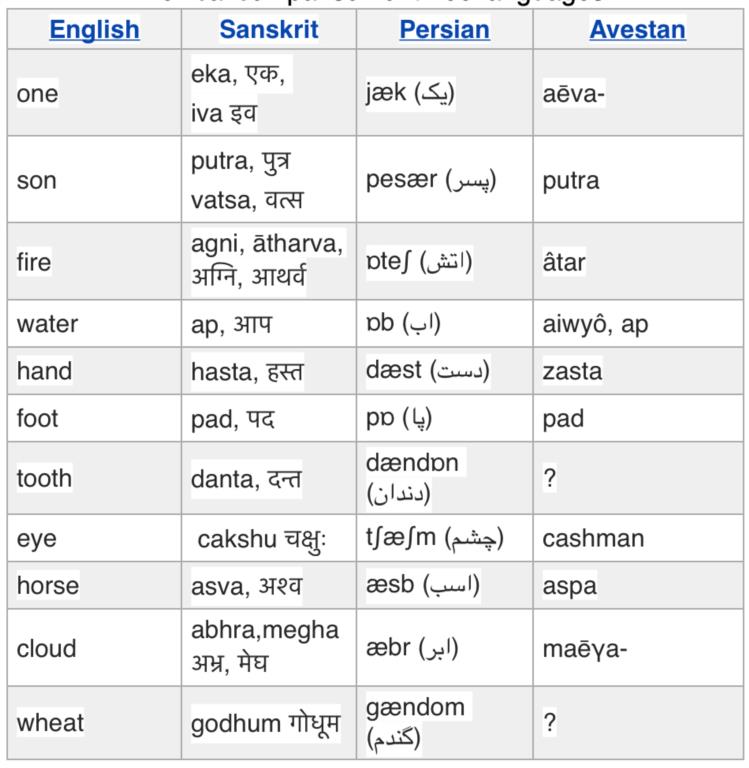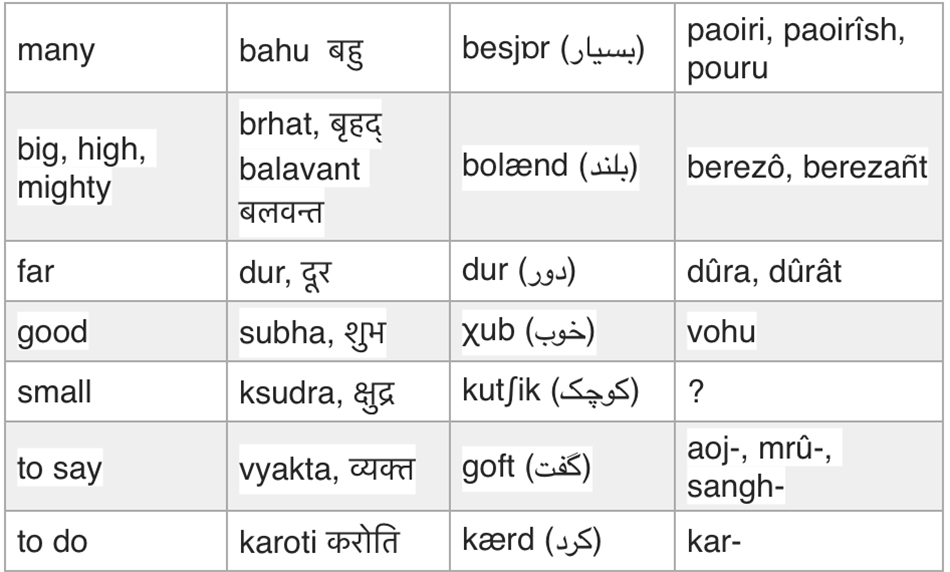Words, especially those that have fallen into relative disuse, open up
windows into language codes and meanings. This is especially true of words from
ancient texts that can form a bridge from the present to the past.
Let me begin with the word urvarā which we encounter in the Ṛgveda ऋग्वेद 8.21.3
where Indra is called urvarāpati, “lord of the field”.
Normally urvarā is
agricultural land, but it is also the body, and Indra, as the personification
of the senses, is the spirit that moves the body and gives it freedom.
Indra is consciousness in the Ṛgveda and thus the hymn is speaking of
the perennial puzzle of the seeming
split between the body and the self. In the Vedic view, consciousness
is paradoxical for it transcends the body yet we access it by the
mind. The Veda
calls itself the science of consciousness and it provides
practices and discipline that make it possible to resolve the paradox.
As consciousness is also the last frontier of modern science, the Veda
exercises much power over poets, philosophers, scientists and seekers of
knowledge everywhere.
Some etymology. √ṛ from Pāṇini Dhātupāṭha (657) means flow. This
explains urvan, the spirit behind life, and its feminine urvarā which
is the body and the earth. A related word is urvi उर्वी which also
means the earth, but its root is from uru, wide.
Thus urvan — urvarā उर्वन् — उर्वरा are a pair
just like puruṣa — prakṛti पुरुष — प्रकृति. Urvan is
the knower of urvarā.
Knower of the field
The idea of field and the knower of the field is central in the Bhagavad
Gītā.
इदं शरीरं कौन्तेय क्षेत्रमित्यभिधीयते |
एतद्यो वेत्ति तं प्राहुः क्षेत्रज्ञ इति तद्विदः || (BG 13.1)
idaḿ śarīraḿ kaunteya
kṣetram ity abhidhīyate
etad yo vetti taḿ prāhuḥ
kṣetrajña iti tadvidaḥ
“This body, O son of Kunti,
is called the field (kṣetra), and one who knows this body is called the
knower of the field (kṣetrajña).”
There is unity at the deepest level, but then there is this divide
between knower and the known, and in a further expansion, a triple division
between subject, object and the intervening world. This in the Veda is the trayī
vidyā (त्रयी विद्या). The split in two is expressed by dual divnities which is one of the most fascinating features of the Ṛgveda, and we see it in the Vedic
world in various regions.
Urvarā as the Earth Goddess has many cognates. Skt. क्ष also means
field and from this we get क्षेत्र; from it also came Avestan
zā̊ which led to Persian zamin زمین. Zemes Māte is the Earth Mother
(Skt. Kṣamā Mātā क्षमा माता). We find Dyukṣam in RV 10.185.1 as a pairing of Heaven and Earth.
Urvan in AvestaThe Aryan language area (which some call Indo-Iranian) extends over a
large region that ranges from Tarim
Basin in Xinjiang all the way to the Slavic world up to the Vistula river in
Poland. The oldest attested language of this area is Sanskrit followed by
Avestan, the language in which the Gāthās of Zoroastrianism were composed.
Linguists see Avestan as virtually identical to Sanskrit of the late Vedic period. The
related languages such as Saka and
Sogdian arose in a region just west of Kashmir and
the full story of their interconnections is yet to be investigated. In any
event the Indo-Aryan
Gāndhārī was widely used in the Tarim Basin in Xinjiang.
Pashto of Afghanistan has an Indo-Aryan substrate and my own hypothesis
is that Indo-Aryan languages were also spoken by various groups in the Eurasian
Steppes.
In the Avesta, the soul is called the urvan. This nomenclature appears
in the Gāthās and in Ardvi Sura Nyanesh of the Khordeh Avesta and is
perpetuated in the Pahlavi rubâno. From the latter comes ravân روان , Persian word for soul or spirit. Most likely, it is the basis of the word روح ruh.
The concepts of ravân and ruh underly West Asian spirituality.
The word ravân also means fluid, flowing, and fluent and روند ravand is process, flow, procedure, conduct. During the vicissitudes of the Persian civilization, the meaning of ravân shifted from something akin to ātman, with its focus on spiritual knowledge, to a flow governed by tradition.
Vatan, nation. Another
interesting Persian word with Sanskrit ancestry is vatan, वतन.
We see तन, offspring, people in the Ṛgveda: आ वो मक्षू तनाय कम् RV.1.39.7
From svatana comes vatan = deśa.
The clinching evidence for this comes from Khotan where the word used is hvatana,
and hvatanai is the
name by which the Khotanese call their language.
Clearly, स्वतन => ह्वतन =>वतन is a logical sequence.
Ruler, king.
Sanskrit rājan for king is cognate to
Latin rēx (genitive rēgis), Gaulish rīx, Gaelic rí (genitive ríg).
There is another word for ruler and sovereign śāstṛ शास्तृ m. [शास्-तृच् इडभावः]. Shah as
king is most likely derived from śāstṛ शास्तृ and not
from kṣatra as is commonly supposed by many linguists.
Khvab, dream. ख़्वाब is the Persian خواب (xâb), from Middle Persian 𐭧𐭥𐭠𐭡 (ḥʿʾb) (xvāb). It derives directly from Sanskrit svāpa स्वापः m. [√
svap] sleep, dream, which plays a central role in Yoga psychology.
Lexical comparison of
three languages
Here is a small list that compares some commonly used words. Note that
Persian is a relatively modern language whose roots go to Avestan and much
earlier to Sanskrit.


Article was first published here. eSamskriti has got permission
from the author to publish.
Author is a Scientist
To read all articles by Author
Also read
1 The Wonder that was KHORASAN Part
4
2 The Cousin Cultures of India and
Iran